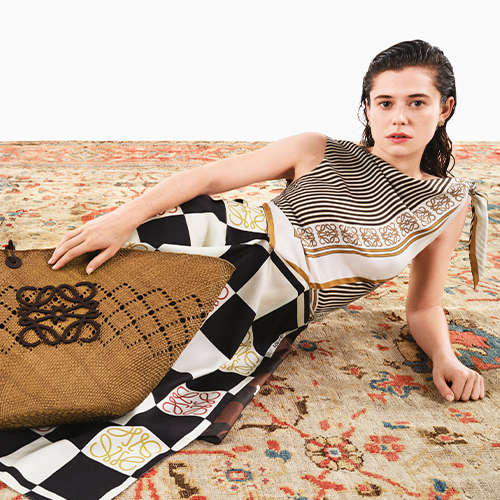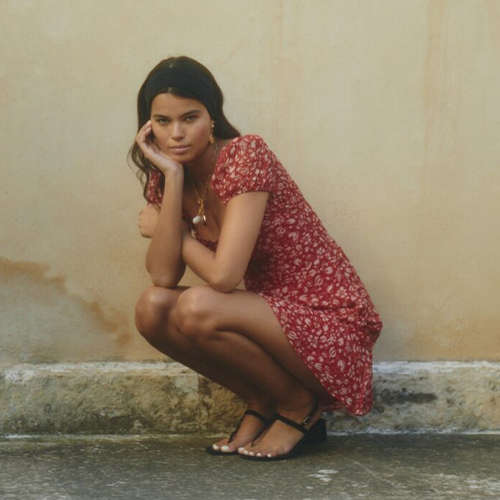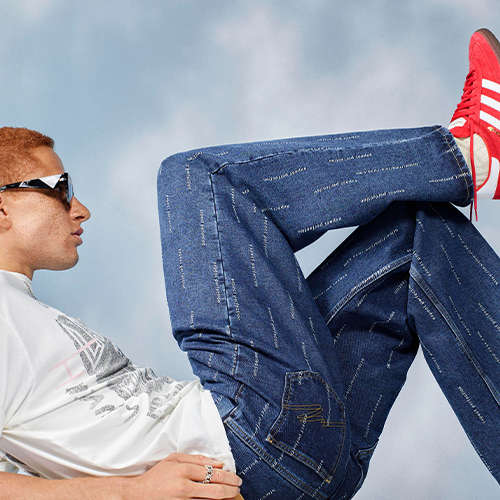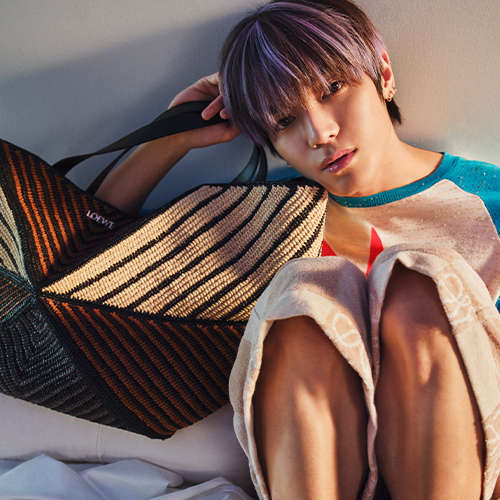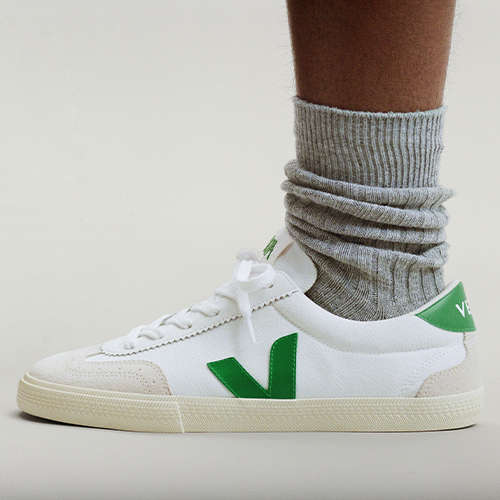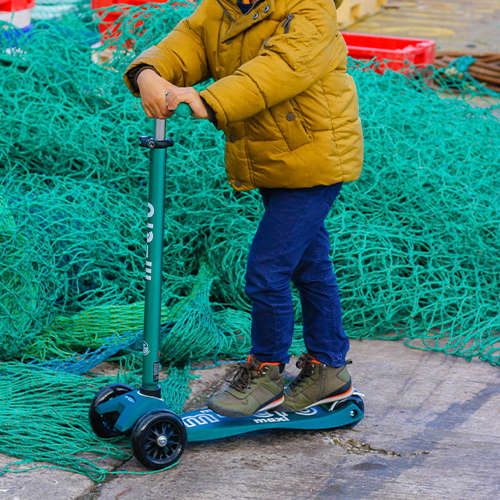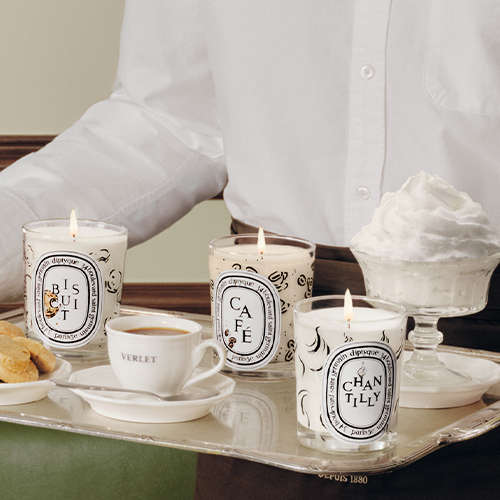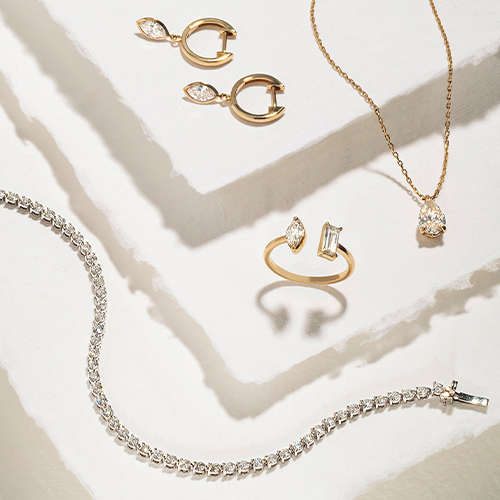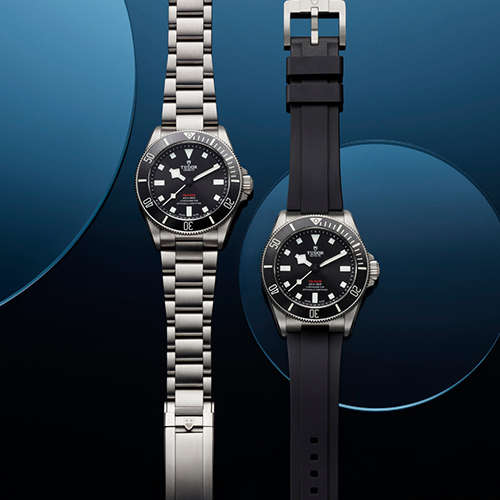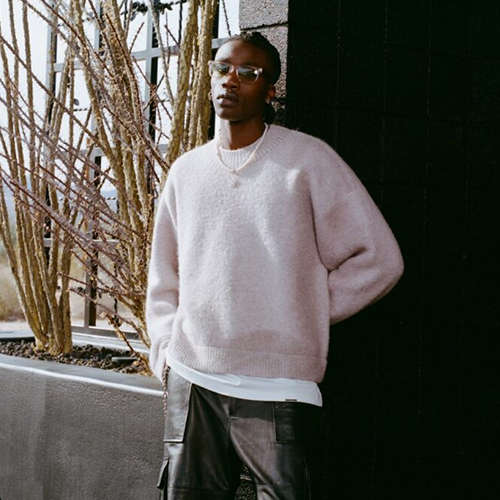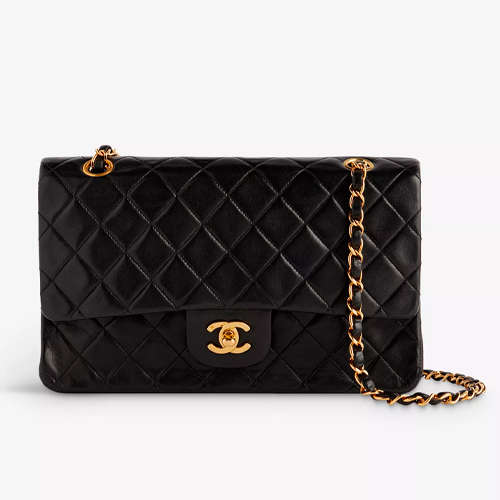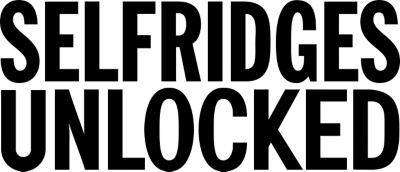- Australia / AUD $
- Canada / CAD $
- China / CNY ¥
- France / EUR €
- Germany / EUR €
- Hong Kong SAR China / HKD $
- Ireland / EUR €
- Italy / EUR €
- Japan / YEN ¥
- Kuwait / USD $
- Macao SAR China / HKD $
- Netherlands / EUR €
- Qatar / USD $
- Saudi Arabia / USD $
- Singapore / SGD $
- South Korea / KRW ₩
- Spain / EUR €
- Taiwan / TWD $
- United Arab Emirates / USD $
- United Kingdom / GBP £
- United States / USD $
- Not yours? Read more
Tell us what you think
Shop in your local currency and language
You are currently in United Kingdom GB / GBP £ store
- English
- English
- English
- English
- English
- English
- English
- English
- English
- English
- English
- English
- English
- English
- English
- English
- English
- English
- English
- English
- English
Did you know that we deliver to 130 countries or regions and offer a range of delivery options to suit you wherever you are in the world? Find out more
Sign up once to our Selfridges+ service and you can enjoy unlimited deliveries wherever you are in the world. FIND OUT MORE
International delivery
With almost everything on selfridges.com available for International Delivery, you can send your order to 130 countries or regions around the world, including North America, Australia, the Middle East and China.
Although we only offer 20 currencies to browse in online, you can still deliver to all of the following countries or regions:
- Algeria
- Andorra
- Antigua and Barbuda
- Aruba
- Australia
- Austria
- Azerbaijan
- Bahrain
- Bangladesh
- Barbados
- Belarus
- Belgium
- Belize
- Bermuda
- Bolivia
- Botswana
- Brunei
- Bulgaria
- Cambodia
- Canada
- Cayman Islands
- Chile
- China
- Colombia
- Costa Rica
- Croatia
- Cyprus
- Czech Republic
- Denmark
- Dominica
- Dominican Republic
- Ecuador
- Egypt
- El Salvador
- Estonia
- Finland
- France
- French Guiana
- Germany
- Gibraltar
- Greece
- Grenada
- Guadeloupe
- Guatemala
- Guernsey
- Guyana
- Honduras
- Hong Kong
- Hungary
- Iceland
- India
- Indonesia
- Ireland
- Israel
- Italy
- Jamaica
- Japan
- Jersey
- Jordan
- Kazakhstan
- Kenya
- Kuwait
- Laos
- Latvia
- Lebanon
- Lesotho
- Liechtenstein
- Lithuania
- Luxembourg
- Macau
- Malaysia
- Maldives
- Malta
- Martinique
- Mayotte
- Mexico
- Monaco
- Montserrat
- Morocco
- Myanmar
- Namibia
- Netherlands
- New Zealand
- Nicaragua
- Nigeria
- Norway
- Oman
- Pakistan
- Panama
- Paraguay
- Peru
- Philippines
- Poland
- Portugal
- Puerto Rico
- Qatar
- Reunion
- Romania
- Rwanda
- Saint Kitts and Nevis
- Saint Lucia
- Saint Martin (French part)
- San Marino
- Saudi Arabia
- Serbia
- Singapore
- Slovakia
- Slovenia
- South Africa
- South Korea
- Spain
- Sri Lanka
- Suriname
- Swaziland
- Sweden
- Switzerland
- Taiwan
- Tanzania
- Thailand
- Trinidad and Tobago
- Turkey
- Uganda
- Ukraine
- United Arab Emirates
- United Kingdom
- United States
- Uruguay
- Venezuela
- Vietnam
Craig Green: family ties
Words: Vincent Levy
As we explore the idea of togetherness, we spoke to Designer Craig Green about the importance of his family and friends in his career, his unique creative formula and the key ingredient of his work: a great deal of heart.
Runway: Craig Green
In seven years, Craig Green has grown his namesake menswear label from sewing garments himself in his north London bedroom to showing at Paris Men’s Fashion Week. The secret to his success seems rooted in his ability to marry emotive runway spectacles with real-world wardrobe substance, a merging that’s earned him four BFC Fashion Awards, a strong roster of celebrity fans – including the likes of Jay-Z and Drake – and on-going collaborations with both Moncler and Adidas.
One of the major conceptual threads that runs through Craig’s work is a sense of connection (seen both in his shows and campaign images, as well as details in his clothing – such as his tie-string fastenings). You can also see this in the narrative of his career, which from the outset has centred around the bonds of close family and friends.
Photography: Dan Tobin Smith
You started the brand from a room in your mum’s house. What do you remember about those early days?
Simpler times! I had a single bed and a fold-down table above it, to give me a little more space. I worked there alone, but my family would help in the evenings. Most of the early garments were washed calico – because it was cheap. It was a challenge to see what could be done with very little, and the inventive element of those pieces is what made them special.
Has your family always encouraged your creativity?
Yes, I suppose so. I definitely grew up in a chaotic creative space. My dad is a plumber so there was always scrap metal and building supplies to mess around with.
Photography: Dan Tobin Smith
And my mum was a scout leader and childminder, and so there’d be six or seven kids at home with us after school doing arts and crafts.
Are they still an integral part of your work?
My partner, sister and several close friends are all involved with the business in some way. I think it’s something that developed organically over the years – or maybe I was working so much, joining in was the only way to hang out. You spend more time with the people you work with than anyone else in your life, so I’m really grateful it’s worked out this way.
Runway: Craig Green
You also have a close circle of collaborators. Who are some key names we should know about?
I love working with people that operate outside of fashion. One of the best parts of this discipline is that you can work alongside people from the wider arts. Frédéric Sanchez creates our show music. He’s a one-of-a-kind artist. He always seems to understand each collection before I do; his mixes seem to intuit design details before they’re even made. Dan Tobin Smith is another integral name. He is part photographer, part scientist. He has an incredible technical skill and knowledge when it comes to creating a powerful image. We’ve worked with him on the past five campaigns.
Photography: Amy Gwatkin
A sense of collectivism seems central to those campaign images.
Definitely. With campaigns, I’ve always wanted to tell stories that can’t be shown in that single-file runway photo format, to give a broader view of the group of men we imagine each season. In the past, we’ve shot lots of figures moving in a procession, and, more recently, a series of large-scale sculptures (the product of a combined mass effort). The windmills we made for Autumn/Winter ’18, for instance, were taller than the house I grew up in! We could only make certain elements at a time – say, one wing – in the studio car park. It took a week to fully assemble and shoot them in a quarry in Cornwall, where we then blew them up. They were part of a campaign series (SS18-SS19), in which we shot finished and destroyed versions of sculptures, which symbolised the importance of process over outcome.
That’s what’s great about fashion really: it can be hard work, but you’re rarely alone. It’s a team sport.
– Craig Green
Photography: Amy Gwatkin
There are some recurrent symbols in your clothing, too?
The two main examples that people come back to are the circle, which we tend to use in place of a logo, and our tie-string fastenings. I like the fact they can be interpreted in different ways. Obviously, a circle can refer to a group of people, but it also has historical and spiritual connotations. Its placement below the necklines of our T-shirts is supposed to replicate St Christopher necklaces, given to protect loved ones on their travels. And, obviously, the strings in our designs serve practical purposes, but on the runway, when they pick up wind, they give some sense that each character is or was once connected.
How were these signatures reinterpreted for SS20?
There’s a subtle inclusion of strings, which have also turned into wider tab-like shapes, but circles have been used more clearly as small mirrors sewn onto worker jackets, trousers and coats. They were worn to ward off evil spirits, and they’re placed on specific areas of the body, like pressure points.
Photography: Amy Gwatkin
The show’s runway was also mirrored. Are mirrors significant
Beyond the fact that I liked the effect this had in the venue – as the arched ceiling turned into this Escher-style design in the reflection – I ended up feeling that mirrors represented a lot of the thinking behind the collection. To me they represent endless possibilities, and perspectives, which seems interesting at this point, when social media plays such a big role in our lives. It’s been a bit of an underlying theme in recent seasons.
What about self-reflection? Is this as much a part of your process as working with others?
In the week or so after the show, or the bit of time I take off in the summer, it’s good to look back at things. I’m slightly obsessed with categorising the shows into sets. I see them in trilogies, and each trilogy is a reaction to the other. It’s also good to just generally take stock. On the whole, though, I’ve definitely realised I work best with others. That’s what’s great about fashion really. It can be hard work, but you’re rarely alone. It’s a team sport.

